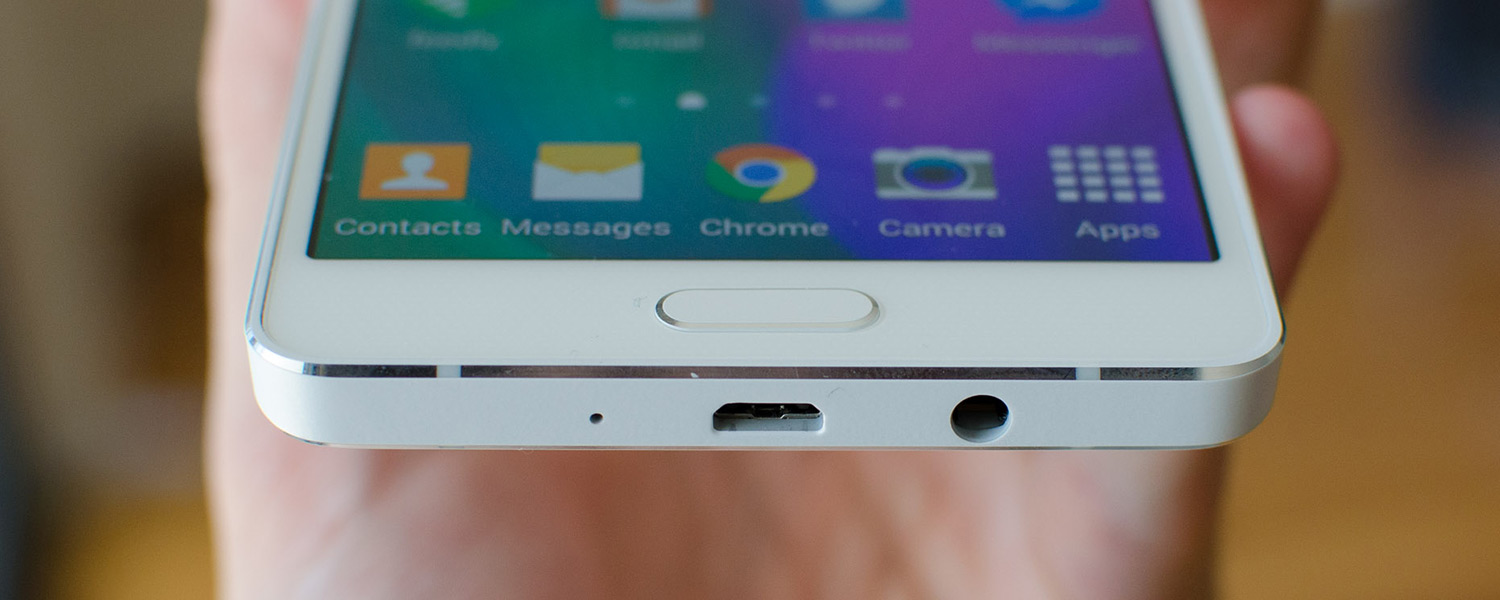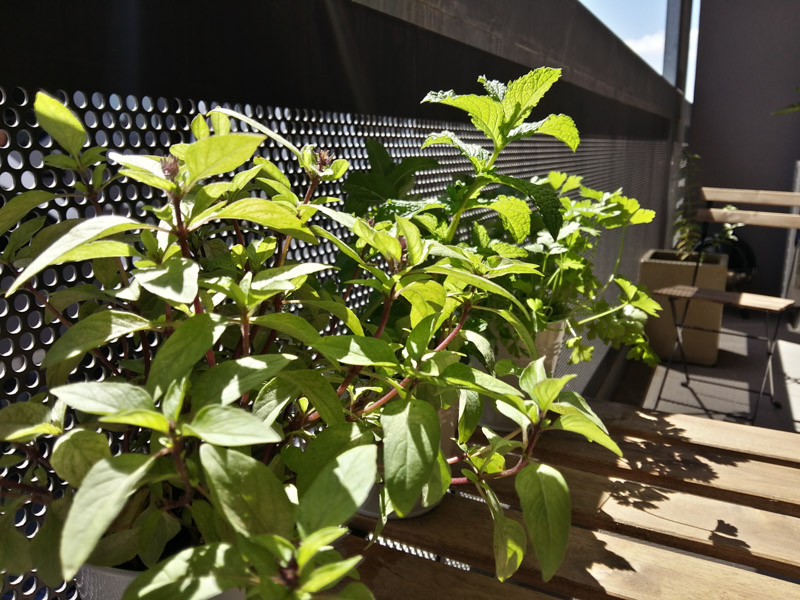Camera: 13-Megapixel IMX135
The main camera on the Galaxy A5 is a 13.1-megapixel Sony Exmor RS IMX135 CMOS sensor, which is 1/3.06" in size, equating to a pixel size of 1.1µm. This rear-facing camera is paired with an f/2.0 28mm (in 35mm-effective numbers) lens. On the front you'll find a 5.0-megapixel Samsung S5K5E3YX 1/5" CMOS sensor with 1.1µm pixels, paired with a 23mm f/2.2 lens. Both cameras can capture up to 1080p30 video, and both are natively 4:3 sensors.
If the rear sensor sounds familiar to you, that's because it's a very popular model from Sony's generally excellent Exmor RS range. The IMX135 has also been seen in a number of flagships, including the LG G2 and G3, Samsung's Galaxy Note 3 and Galaxy S4, and more. Pairing it with a wide lens, even if it's not accompanied by optical image stabilization, is setting up this smartphone for great mid-range results.
And it generally delivers. This camera system is pretty much identical to that found in the Note 3 and S4, so it's not surprising to find pretty much identical results. For a mid-range smartphone retailing for under $400, this is an excellent result considering this camera would be found on new flagship smartphones just a year and a half ago.
Sunlight performance is where this camera, and many other Exmor RS cameras, shine. Color quality, vibrancy and accuracy is excellent in good conditions, as is sharpness and clarity. Thanks to the 13-megapixel sensor, detail is also pretty good, and there's some room for cropping and other manipulation if you so choose.
Dynamic range isn't as good as the current crop of flagship smartphone sensors, but this module holds its own with good contrast and an excellent HDR mode. Unfortunately real-time HDR isn't supported - a limitation of the sensor and SoC - so the camera system will capture two images in a split second. Despite this, I'd recommend using HDR in most high contrast or high shadow situations.
One thing I did notice was compression artefacts when viewing 100% crops of images taken on the Galaxy A5. It seems that Samsung's post processing algorithms go a little overboard on the noise reduction and sharpening filters, with some detail loss especially noticeable on textured walls or fabrics. Luckily this issue is virtually unnoticeable when scaling back to 720p or 1080p.
The camera system isn't as good indoors or in low light, where the small pixels and a lack of OIS play a role in average image quality. I'm not expecting a smartphone of this class to really succeed in producing excellent results in this area, and actually the Galaxy A5 can produce better results than some similarly-priced, recently-released competitors. However, it's still not a strong point for the IMX135 sensor.
Most notably, many images I took with the Galaxy A5 under weak or artificial light were blurry, thanks to the use of a slow shutter speed without a decent stabilization system. Keeping a steady hand and taking multiple images can combat the issue to an extent.
However, for the most part images I took with the Galaxy A5 in less than ideal conditions were usable. Not excellent, but not overly grainy or completely useless. The flash can help in very dark conditions, provided you're not too far away from the subject, though I'd recommend keeping it off elsewhere.
The front facing camera is exactly what you'd expect. The five megapixel resolution is decent enough for detailed selfies, but general quality is a step behind the rear sensor on many fronts. Although the pixel size is small, the selfie cam can take visible images in low-ish light conditions, though blur can be an issue. On the other hand, the wider angle lens is a good addition to any front facing camera setup.
The camera app comes with most of the flagship Galaxy phones' features, including Beauty Face, Continuous Shot (aka. burst mode), Shot & More, Panorama and Rear Cam Selfie. The ability to create Animated GIFs using either the front or rear camera is also a nifty feature, as is the wide/panoramic selfie mode pulled from the Galaxy Note 4.
As for video recording, the Galaxy A5 tops out at 1080p30 with no 60 FPS, slow motion or HDR modes. Although the sensor itself is capable of 4K video recording, as we've seen in the LG G3 and Note 3, the Snapdragon 410 SoC is limited to just 1080p H.264 encoding, which is understandably why we're not seeing high resolution video recording in this mid-range device.












